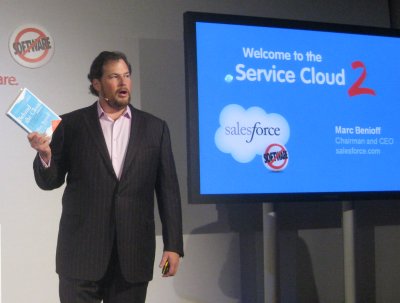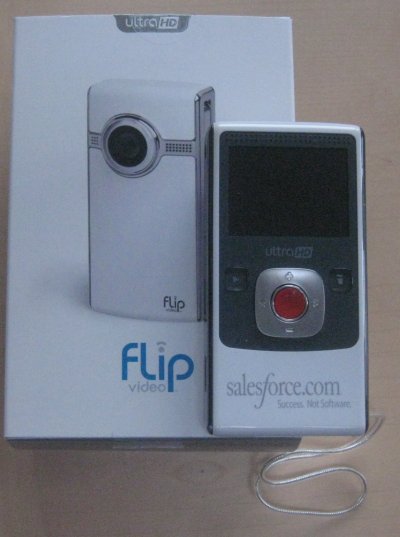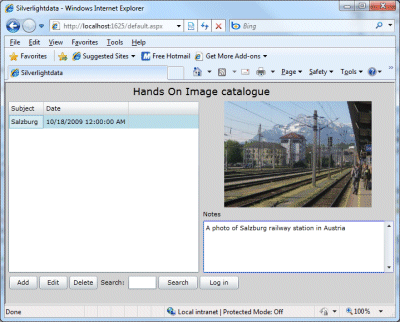In the last 10 years or so video advertising screens have replaced static posters in busy public places like the London Underground. This is known in the trade as digital signage or Digital Out of Home (DOOH) advertising; and I was interested to speak to a company at the recent Salesforce.com Service Cloud 2 launch which is running digital signage systems on the Salesforce force.com platform. The company is signagelive, run by http://www.remotemedia.co.uk/, and and its secret sauce is to use the internet and commodity technology to run 10,000 displays around the world cheaply and efficiently. As I understood it from my brief conversation, a force.com application provides customers with dashboard for managing their screens, usable from any web browser. Content is served to the screens over the Internet using Media RSS. This is well suited to the purpose since it is easy for customers to update, and fail-safe in that if the system fails or the connection breaks, screens just carry on displaying the last version of the feed which they retrieved. Since Media RSS is a standard, the content can also feed desktop applications; and of course it doesn’t have to be advertising though often it is.
A sinagelive display could be a low-powered network-connected device attached to a display; or a display alone with enough intelligence to retrieve a Media RSS feed and display its images; what you can do in the home with something like a estarling connected photo frame or a PhotoVu wireless digital picture frame but with bigger displays. The company is looking forward to displays which include on-chip Adobe Flash players since this will enable animation and video to be included with little extra cost. The media itself is currently stored on company servers, but is likely to move to Amazon S3 in future – which makes sense for scalability, pay as you go, and for taking advantage of Amazon’s global network, reducing latency.
If you want to see an example, apparently the London Dockland Light Railway screens are driven by signagelive; they are also in Harrods.
CEO Jason Cremlins has a blog post about the future of DOOH. My further thought is that if you had devices able to run Flash applications, you could put this together with touch screens and add interactivity to the mix.
The boundaries between internet and non-internet advertising are blurring. Ad networks such as those run by Google can be extended to networks using this kind of technology in a blink. Why shouldn’t advertisers be able to select airport lounges or underground stations alongside Adsense for websites?
The less compelling aspect of the technology is that as the costs of running these advertising networks come down, the likelihood of intrusive advertising screens invading every possible public space increases.
I also found this interesting as an innovative use of the Salesforce platform. As I recall, it hooks into other force.com applications to handle billing, customer record management and so on, and shows the potential for Salesforce to move beyond CRM. With the Adobe Flash aspect as well this example brings together a number of themes that I’ve been mulling over and I enjoyed hearing about it.


